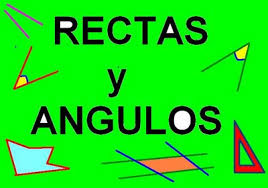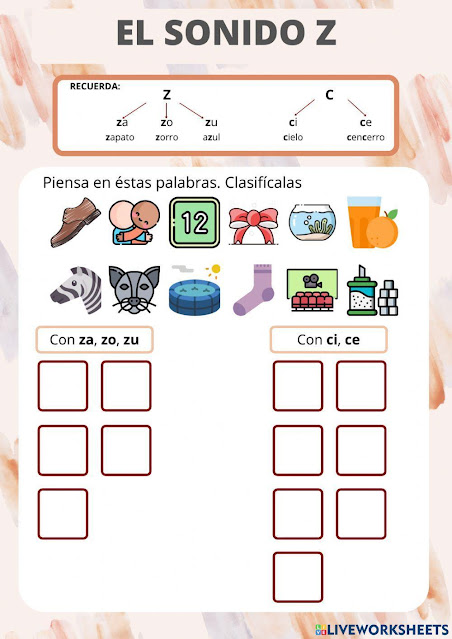Buenas tardes, chic@s:
Aquí os dejo el vídeo que os he mostrado en clase con ideas para el outfit del Festival de Navidad. Mirad por casa qué podéis reutilizar y comprad sólo lo absolutamente necesario. Lo bonito será que haya variedad de estilos. Jugaremos con los colores de la Navidad: Rojo, verde, dorado, plata, blanco y negro.
*Importante: No vengáis demasiado abrigados, porque en el salón hará mucha calor.
¡¡¡FELIZ FIN DE SEMANA!!!

















































